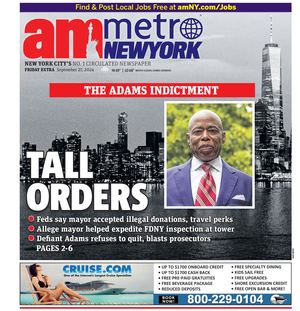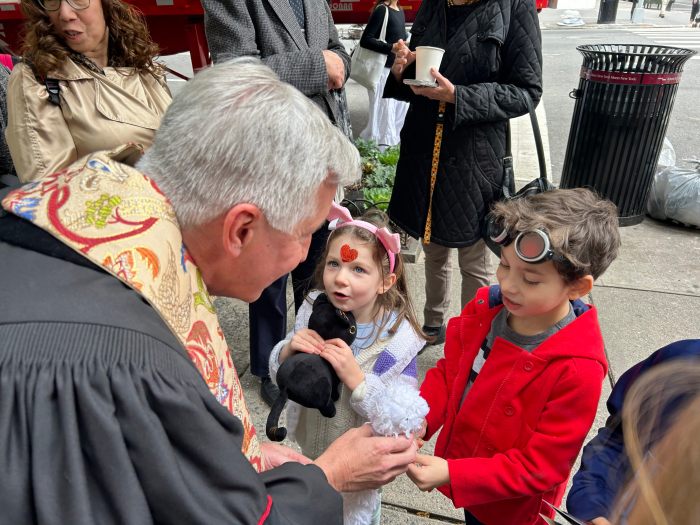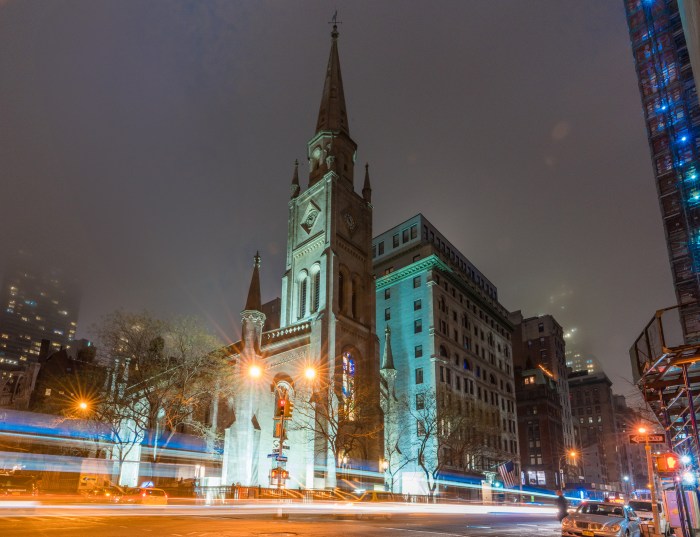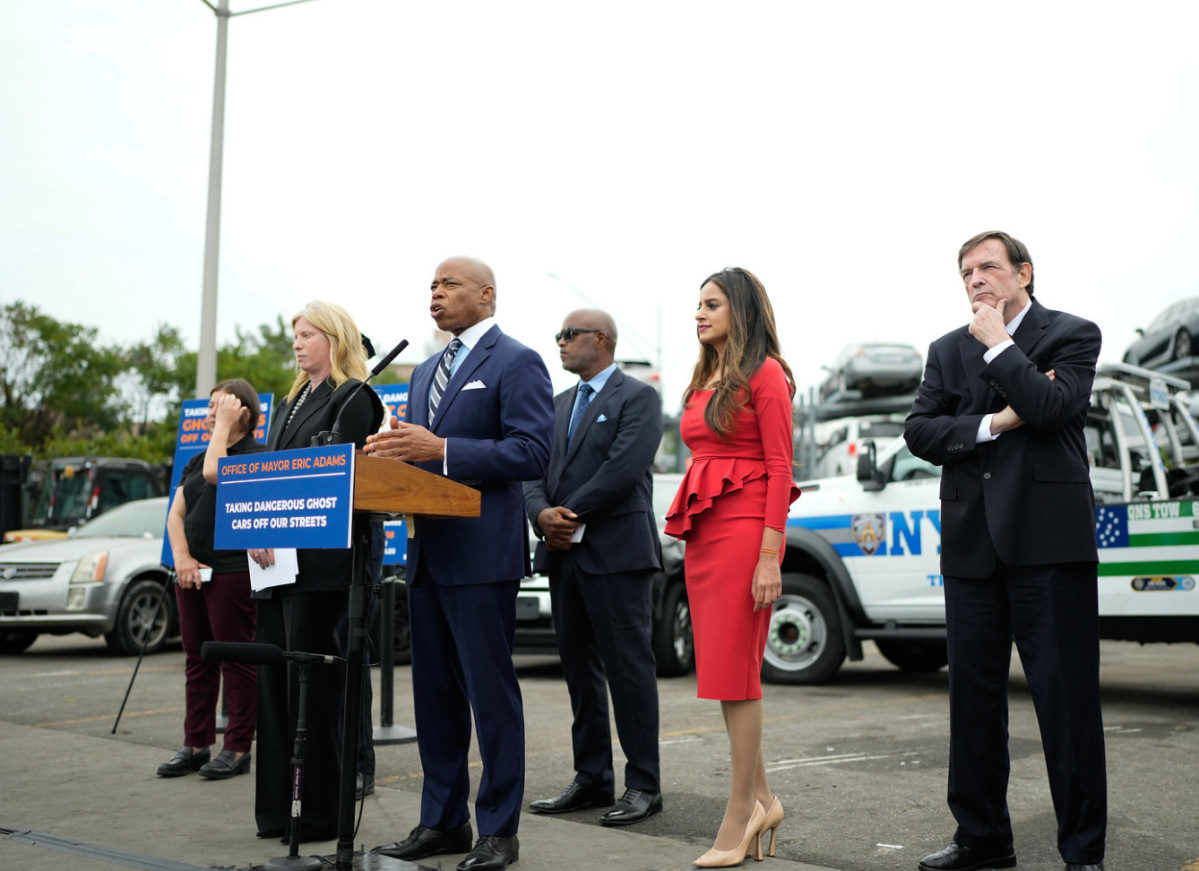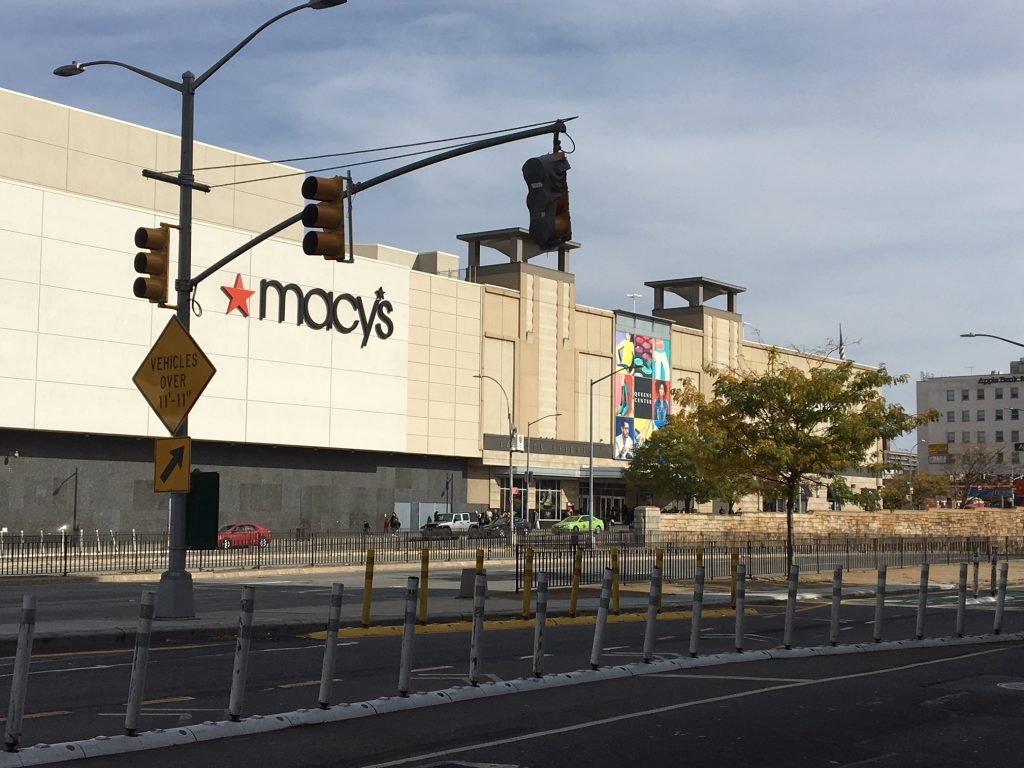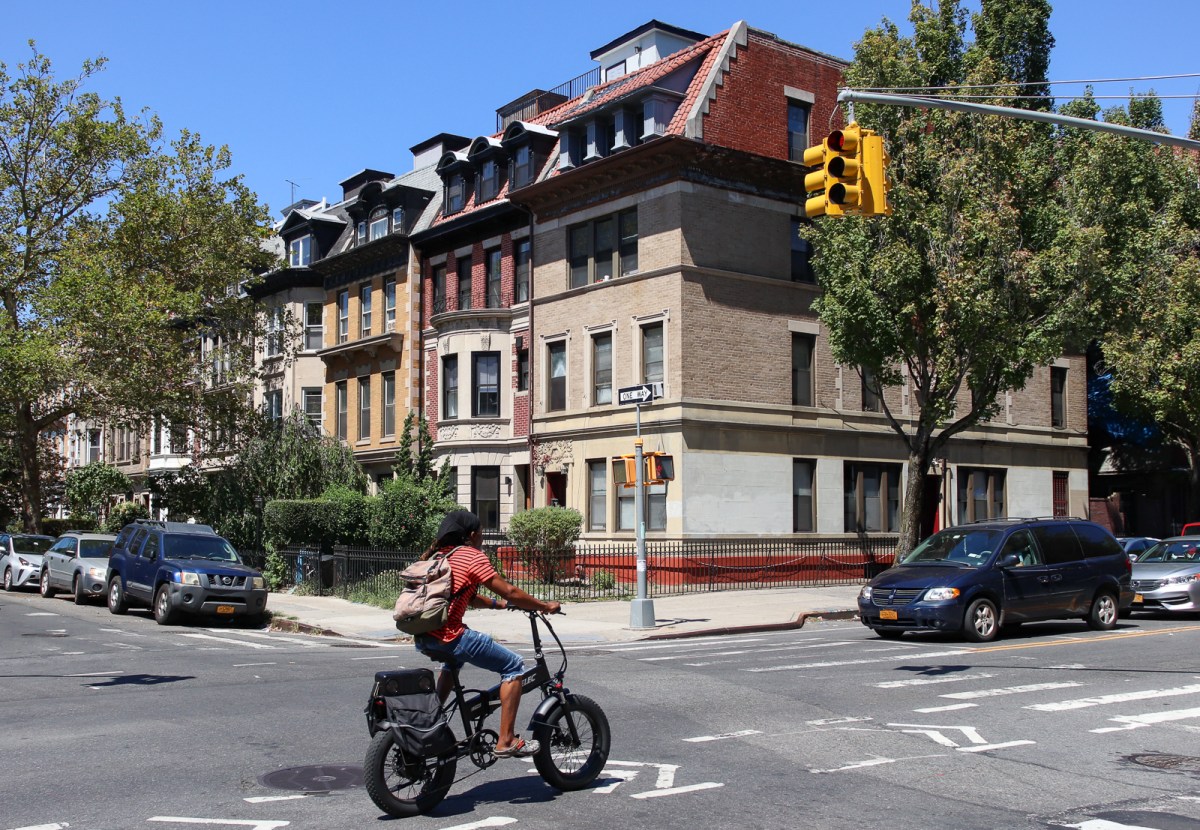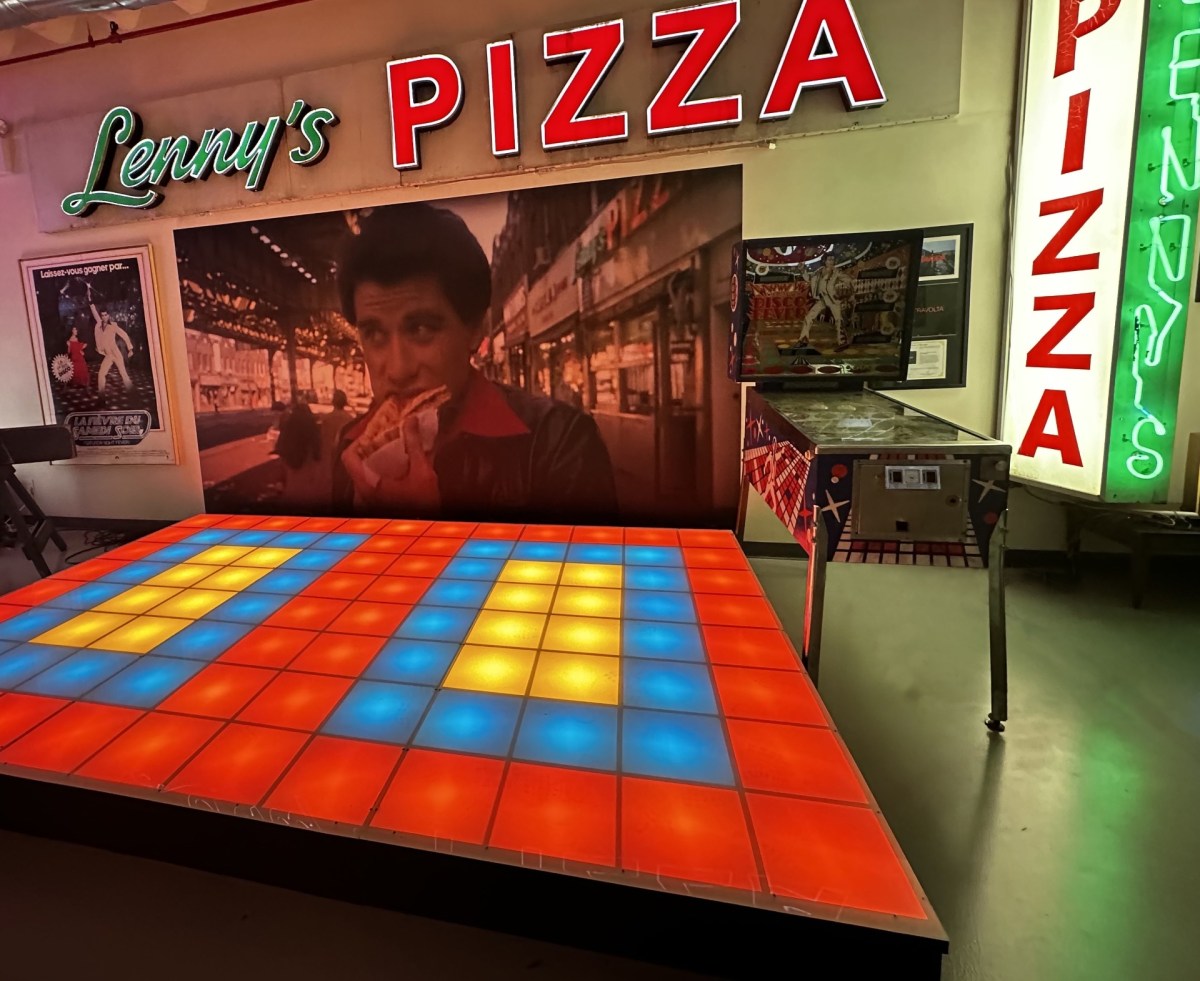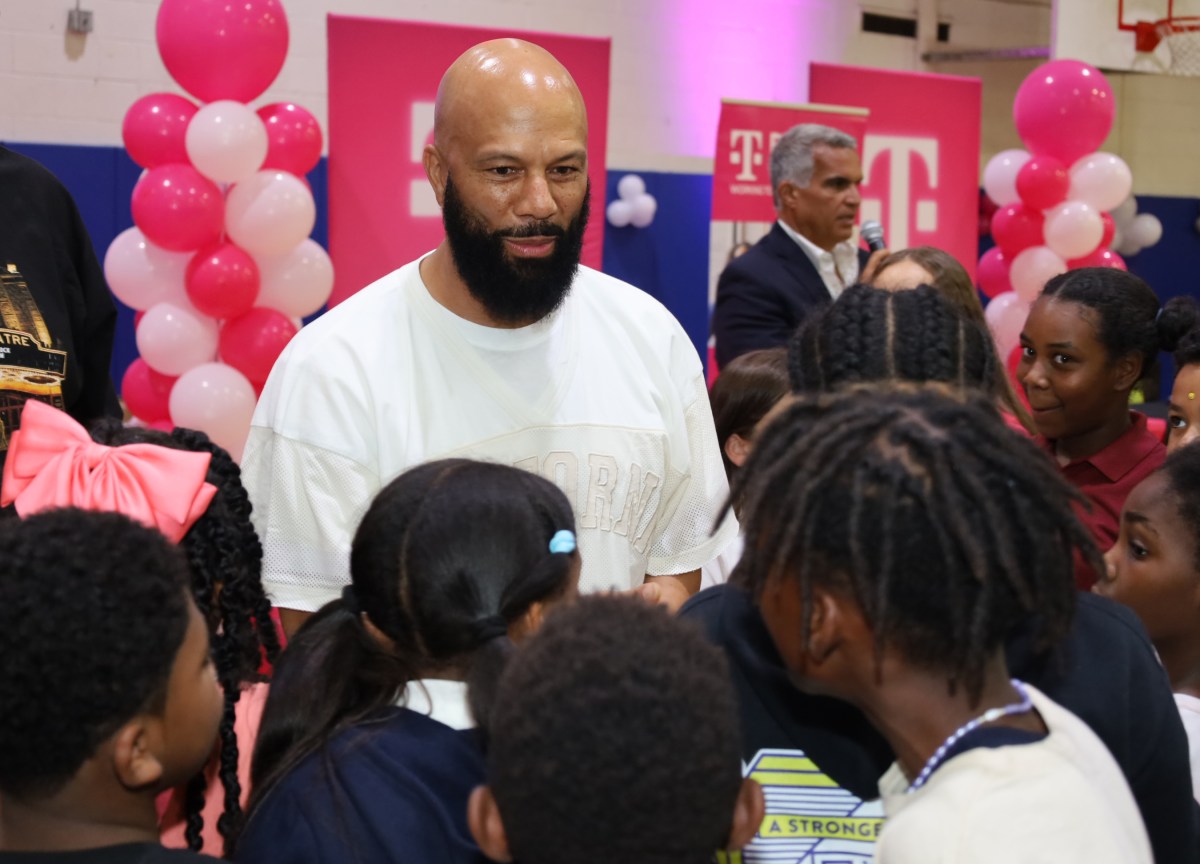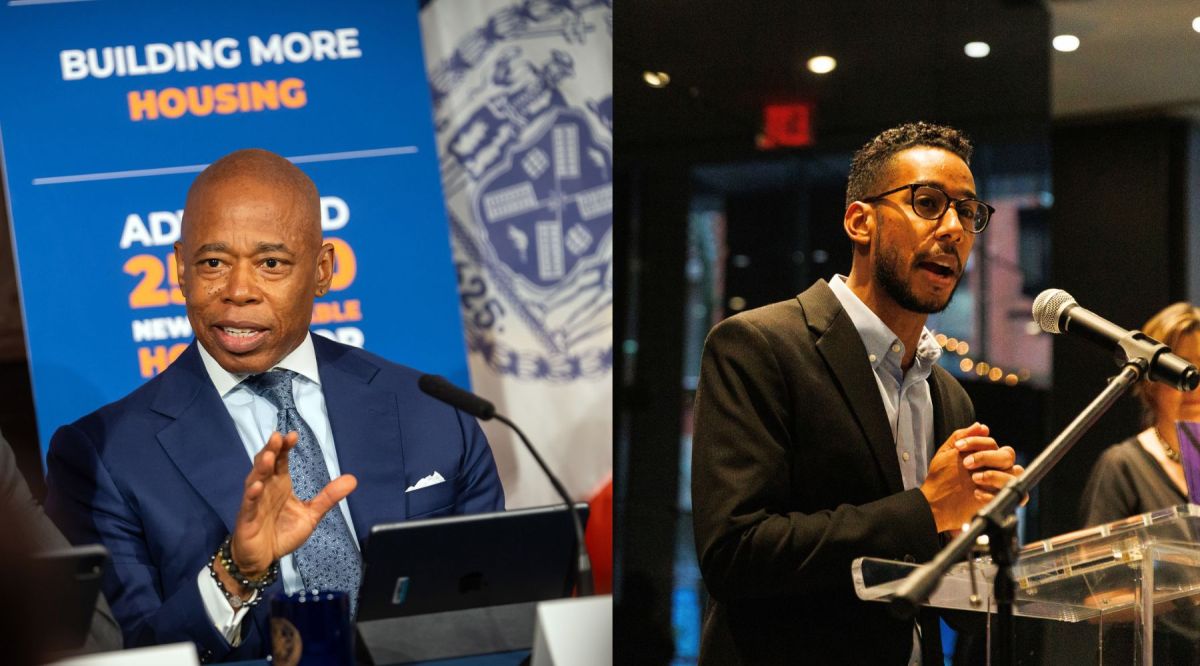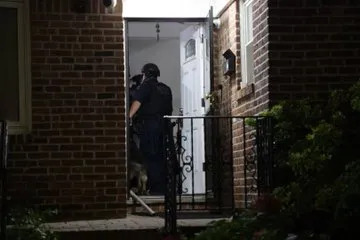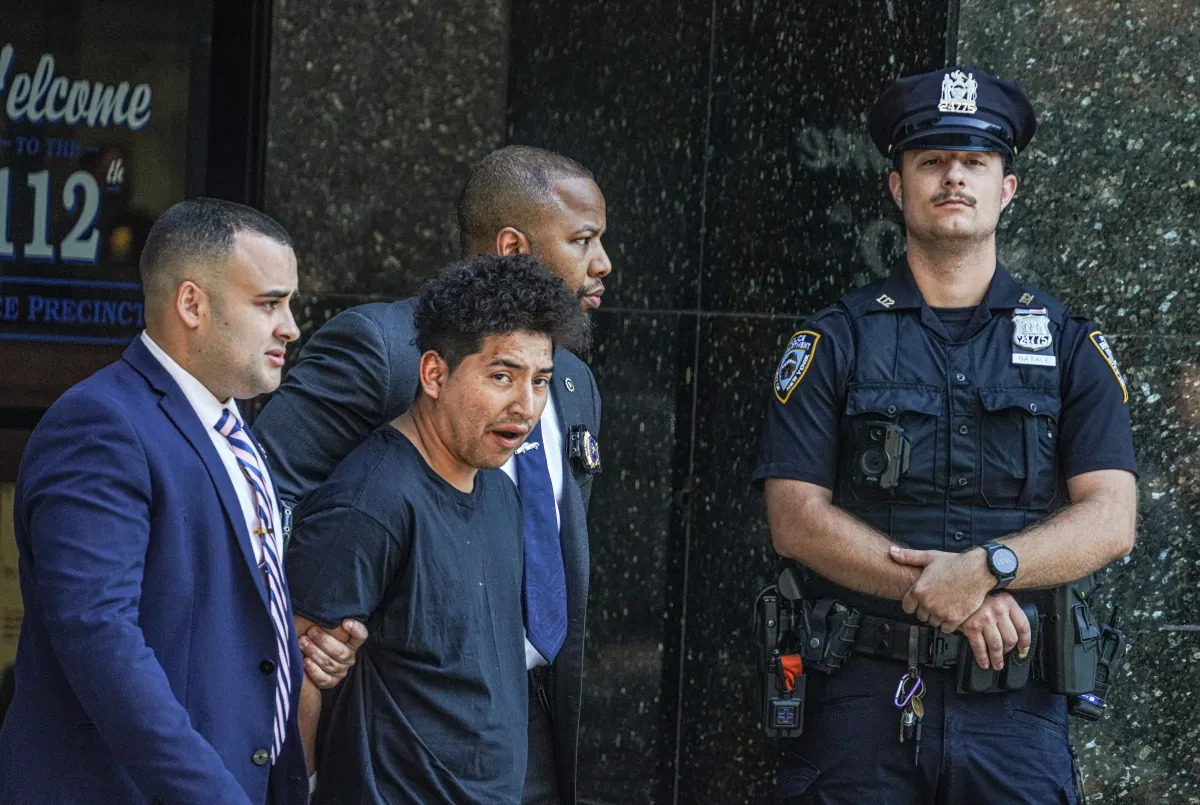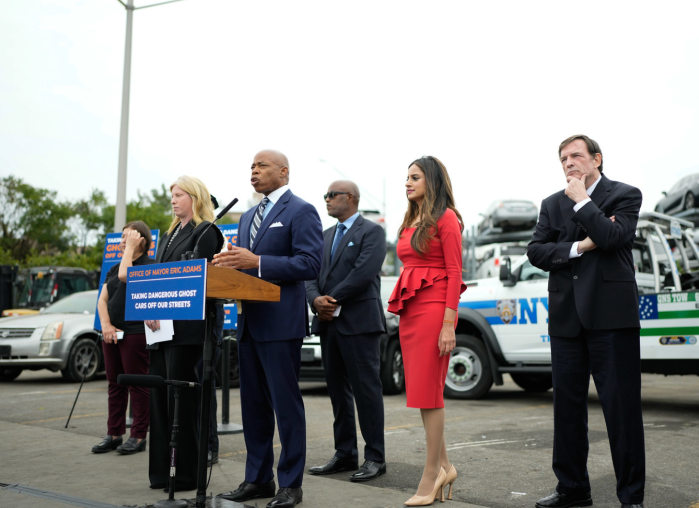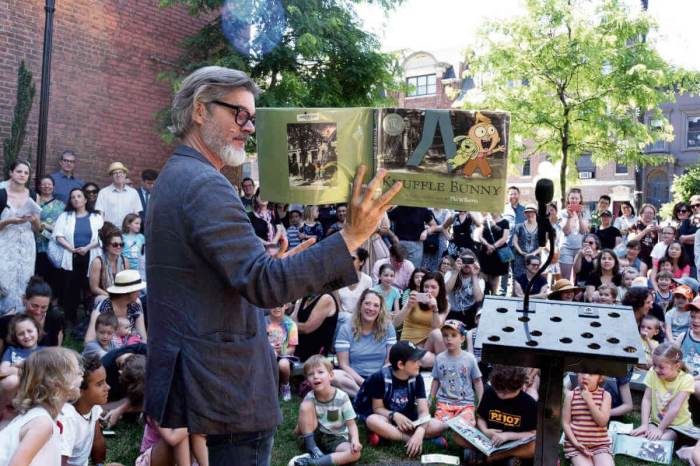By Gabriel M. Zuckerman
Some community boards in lower Manhattan were less than pleased when Mayor Mike Bloomberg revealed the city’s “Summer Streets” plan last week.
Modeled after similar efforts in Paris, London and Bogotá, the plan would create a greenway for pedestrians and cyclists from the Brooklyn Bridge to E. 72nd St. by closing Park Ave., Fourth Ave. and Lafayette St. to cars between 7 a.m. and 1 p.m. on three Saturdays later this summer, Aug. 9, 16 and 23. The mayor said the plan was “designed to get New Yorkers and visitors alike to come out and enjoy the streets and the city in a new way,” and that it is expected to attract several hundred thousand participants.
While the mayor boasted that all the necessary entities — including the Department of Transportation, the Police Department, the Parks Department and the Mayor’s Community Affairs Unit — had worked on the arrangements, community boards along the greenway’s path felt that they had been shortchanged.
“We were not involved in the planning,” said Susan Stetzer, district manager for Community Board 3, which covers the East Side between the Brooklyn Bridge and 14th St. “I know the board feels that it and other boards should have been included at an earlier time,” she said.
The Department of Transportation said it had scheduled meetings with community boards to get their opinions on the project when a report two weeks ago in Downtown Express, The Villager’s sister paper, made the plan public. An agency spokesperson said that after “a very negative article” in The New York Sun shortly thereafter, the city decided that it would be preferable to announce the plan than to let it spread through negative newspaper reports.
Seth Solomonow, the D.O.T. spokesperson, maintained that the plan’s early announcement would not limit the community boards’ ability to affect it through their suggestions.
“We are willing to meet with any and all community boards along the route,” he said, noting that some of those meetings were already lined up.
Still many community leaders were skeptical about what kind of impact those meetings would have at this date.
Sean Sweeney, head of the Soho Alliance and a member of Community Board 2, wrote in an e-mail, “This is a fait accompli from D.O.T. bulldozers, which, if the Downtown Express had not reported it, would still not be known to most New Yorkers. Hardly democracy in action.”
Brad Hoylman, C.B. 2 chairperson, had a more moderated response.
“We weren’t involved in the actual planning stages, but we did get notice of it,” he said, referring to a presentation the city made to the board’s Traffic and Transportation Committee. “I think the community board always appreciates to be in on the ground level of planning for these kinds of programs. On the other hand, we did get notice of it before it was announced, and we hope to give the D.O.T. our responses afterward. Given the pilot nature of the program, ongoing consultation is possible for community boards.”
The community boards’ formal say has been limited thus far to a meeting of the Borough Board — a meeting attended by representatives of each community board — a few weeks ago to “inform us and allow us to express our concerns,” said Stetzer. At the meeting, community boards demanded that there be plenty of traffic enforcement and requested that the administration also get the opinions of local businesses, whom Bloomberg asserted on Monday would get a “great boost” from the plan.
Stetzer stressed that she could not anticipate how C.B. 3 would vote on the issue, but she expressed concerns regarding the plan’s effects on traffic around Union Square.
“It’s going right by the east side of Union Square. We have a farmers market there on Saturdays, and the cross-town traffic is always tremendously backed up,” she said. A board meeting on the plan has been scheduled for July.
C.B. 2 has also yet to formally discuss the plan, but Hoylman did not anticipate considerable opposition.
“Community Board 2 favors pedestrians over cars,” he said, arguing that the traffic effects should be assessed after the event, given its pilot nature. “I think the board appreciates this innovative use of streets.”
At the press conference, Bloomberg admitted that “there might be some minor disruptions here and there, but I think those will be far outweighed by the huge benefits ‘Summer Streets’ will bring to hundreds of thousands of new Yorkers.” He also stressed that “Summer Streets” was only a test. “If it works, we’ll strongly consider doing it again,” he said. “If not, we won’t, but we have never been afraid to try new ideas, especially ones that have the potential to improve our quality of life.”
The mayor was joined at the announcement by Borough President Scott Stringer, Transportation Commissioner Janette Sadik-Khan, David Byrne of the band Talking Heads (who commutes via bicycle) and cycling champion Lance Armstrong. The city officials boasted of the event’s many features, which will include arts, aerobics, dance classes and bike repair stations. Stringer remarked, only half in jest, that he was putting a “moratorium on kvetching for this event.”
Even as community boards were concerned about the plan, other parts of the community expressed complete support for it.
“It’s going to be a pretty great day,” said Charlie McCorkell, owner of Bicycle Habitat, the Soho bike shop that will be running bike-repair kiosks along Park Ave. for the event. “I hope it’s a preliminary thing, though, for taking the main streets away from cars. It will probably be 10 years before they do it during a weekday, but I’m hoping it becomes a regular program.”
Stetzer, too, agreed that the plan had its benefits. The city has stressed that “we have to experiment and try new things, and that is absolutely right,” she said. “The board will see. It may be a great idea. But my board would have liked to have been involved at an earlier stage.”
